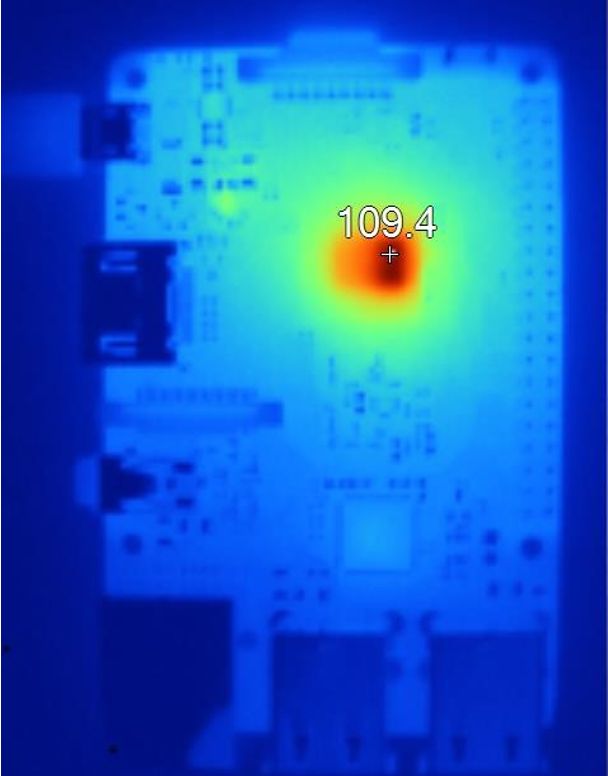
Baked Pi: Solving the Raspberry Pi’s overheating issue
At the heart of this change lay a new Cortex-A53 quad-core processor, boosting the device to a 64-bit architecture and offering significantly better performance vs clock speed.

While the initial launch was met with a wave of positivity, within weeks of the product hitting shelves several users had begun to complain of a potential overheating issue with the new Pi. In particular, a series of posts on the Raspberry Pi subreddit raised concerns that the Pi 3’s new processor ran extremely hot when operating at full CPU load.
While the Raspberry Pi Foundation has responded to several overheating issues, including offering a firmware fix, we at 6SigmaET wanted to find out exactly why the processor was causing so many concerns – and what customers could do about it.
Identifying the problem
To explore the issue further, 6SigmaET developed a detailed thermal simulation model based on the available data of the Raspberry Pi 3. This would allow the company to investigate the component temperatures in various casing and environmental scenarios. This simulation was then calibrated against measurements from a thermal imaging camera and sensors.

Both the measurements and end simulation highlighted that the Pi’s CPU naturally runs very hot at ~110ºC. While this is not hot enough for the component to cut out, it is likely to impact the longevity of the device if run continuously at this temperature.
This issue was made worse when the device was placed in a standard plastic Raspberry Pi case, which the simulation predicted will cause the processor to operate at over 120ºC – far too high for prolonged use.
Finding a solution
Next, we used 6SigmaET’s thermal simulation platform to add a heat sink onto the model. With a heat sink at ambient temperature and without a case, our simulation showed that the processor would operate at 80ºC – almost 30ºC cooler than without the heat sink. This also means the Raspberry Pi would be able to operate for at least short periods of time at full load up to 55ºC ambient temperature.

Even inside a plastic case, the Cortex processor still operates at only 92ºC following the addition of a heat sink, much lower than the 123ºC we saw before it was added. Interestingly this was even more effective than the inclusion of a fan.
According to the simulation, when a 5V fan was added to the case, the result was only a reduction in heat of around 4ºC – meaning that the Raspberry Pi still couldn’t be used at high temperatures when running at full load. The same was true of adding additional ventilation for the case, something which again only reduced the overall temperature by a few degrees.
Keeping it cool
As the above tests suggest, Reddit users are correct in thinking that the Pi 3 has a bit of an overheating problem – especially when being used at full CPU load. In terms of dealing with this issue a heat sink is clearly the optimal route, providing far better cooling than the more complex option of adding a fan or allowing for additional ventilation within your Pi case.
While this is good news for Pi users looking for a quick and easy solution to their thermal issues, in the long term the underlying reasons behind such thermal complications are far more difficult to overcome. As everyday electronics devices become smaller yet ever more powerful, the increase in processing power will almost always result in an increase in operating power and ultimately, a greater need for thermal considerations. This is a concern that is unlikely to go away, leaving designers with little choice but to factor more thermal consideration into their designs, from the very outset.

About the author:
Tom Gregory is Product Manager at 6SigmaET – www.6sigmaet.info
 If you enjoyed this article, you will like the following ones: don't miss them by subscribing to :
eeNews on Google News
If you enjoyed this article, you will like the following ones: don't miss them by subscribing to :
eeNews on Google News



